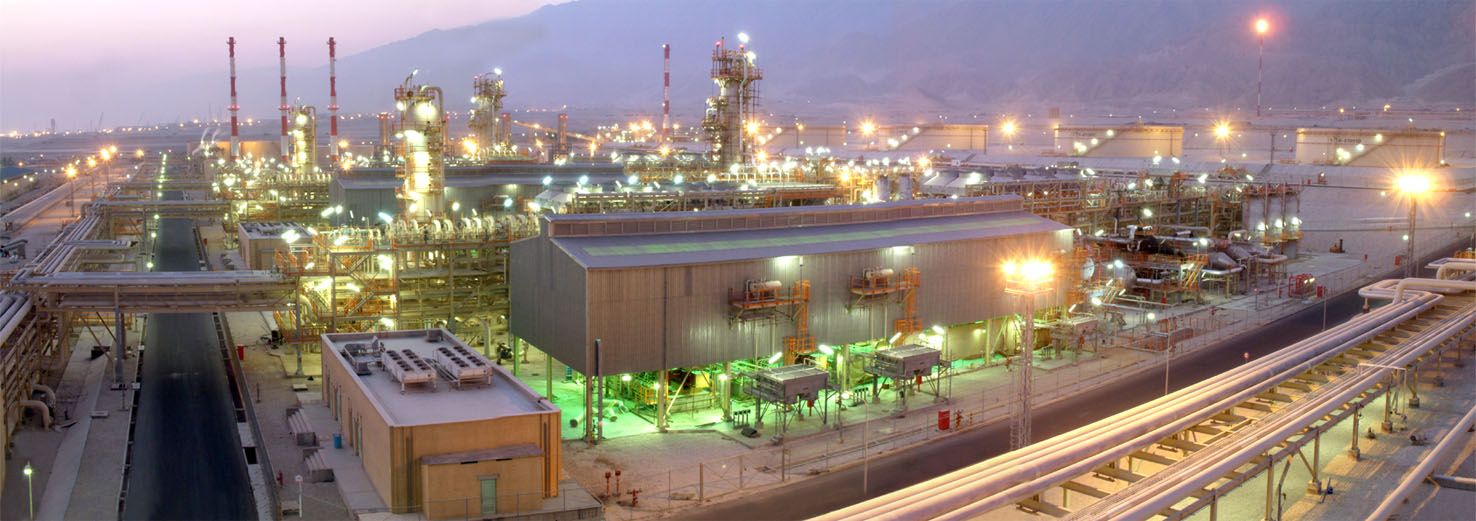
Catalog |
Advertise |
Logo |
Official Set |
Website |
Painting |
Banner |
Calendar |
Poster |
PostalCard |
Billboard |
Info Graphic |
Lightbox |
Maquette
Common Questions
-
Why do the printed colors look different from the colors on my screen?
In short, printers and monitors produce colors in different ways. Monitors use the RGB (red, green, blue) color model, which usually supports a wider spectrum of colors. Printers use the CMYK (cyan, magenta, yellow, black) color model, which can reproduce most—but not all—of the colors in the RGB color model. Depending on the equipment used, CMYK generally matches 85–90% of the colors in the RGB model. When a color is selected from the RGB model that is out of the range of the CMYK model, the application chooses what it thinks is the closest color that will match. Programs like Adobe Photoshop will allow you to choose which color will be replaced. Others may not.
-
What is the Pantone Matching System?
The Pantone Matching System (PMS) is a color reproduction standard in which colors all across the spectrum are each identified by a unique, independent number. The use of PMS allows us to precisely match colors and maintain color consistency throughout the printing process.
-
What is a proof and why is it important that I look at it?
In printing terms, a proof is a one-off copy of your document after all modifications and printing setup processes have been completed. It is your last and best opportunity to make sure that the print job comes out the way you want. By carefully inspecting the proof, you can help us assure an accurate, flawless delivery of your print job on the first run.
-
What file format should I use when submitting my electronic document for printing?
PDF (Portable Document Format) is the most common and preferred file format for submitting digital documents. With the installation of a PDF print driver on your computer, virtually any program can generate a PDF file suitable for printing. Both commercial and free PDF print drivers are available online for download from different sources.
-
What are the comparative advantages of producing my job on your duplicating devices versus producing them on your presses?
The advantages of our duplicating devices are best realized on runs of 1000 or less requiring black printing and where a fast turnaround is needed. If the piece included photos or halftone screens the copy quality would be lower than that achieved by the printing process. On longer runs or where multiple colors are desired, as well as when screens or halftones require higher quality, offset printing would be the best alternative. The only disadvantage of the printing process would be the longer production time requirements.
-
Is white considered a printing color?
Not typically. Because white is the default color of paper, it is simply recognized as the absence of any ink. However, when using colored paper, white ink may be used if any text or graphic requires it.
-
How long does it take for you to complete my order?
It depends on the complexity of the particular project. Our turnaround normally runs a few days on digital projects and five to seven days on more complex full color projects.
-
How do I go about getting an estimate from you?
The best way to ensure that we get all the information necessary to do an accurate quote is to give us a call and talk with one of our customer service representatives.
-
At what resolution should I save my photos and graphics ?
Resolution should be set to 300 dpi. Pictures and graphics pulled from the internet are often low resolution, typically 72 dpi or 96 dpi. Avoid these graphics, as they will appear pixilated and blocky when printed. Also note that you should save all photos in CMYK mode, not RGB mode when possible. Images saved in RGB mode may not print properly. If you are unable to save your image in CYMK mode, please let us know.
Contact Us
- Tel : +98 912 42 120 42
- Tel : +98 936 763 79 73
- E-Mail : info@IranPetroGraphic.ir
© 2015, All Rights Reserved Iran Energy Club
Design By : Iran Petro Graphic
